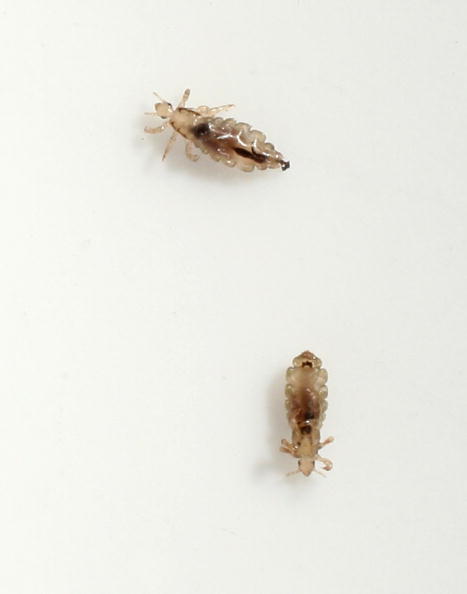
There is a drug-resistant "super lice" currently spreading across 25 states. The lice are scarier than usual because they are immune to regular drugs and over-the-counter treatments.
Scary yes, surprising no, scientists said. They have been steadily reporting samples of head lice with significant levels of resistance to pyrethroids, the chemical usually included in traditional treatments sold in the drugstore.
These chemicals used to be 100% effective back in 2000. However, by 2013, scientists observed a a drop in effectiveness of 25%.
The Lice Clinics of America claimed that AirAllé, an FDA-approved medication is likelier to work. It can be quite expensive though at $170. Fortunately, this covered by most insurers. "We use heated air and we dehydrate the lice and the eggs in a single treatment," Claire Roberts, CEO of Lice Clinics of America, shared to KSDK. "It takes about an hour, and we guarantee it."
Earlier on, according to some researchers, drug-resitant lice cases also increased because of teens' addiction to taking selfies to post on their social media accounts such as Twitter, Facebook, and Instagram. "Teenagers don't usually get lice because they're not sharing hats and things like that," Rink told ABC affiliate WBAY. "And lice can't jump, so the only way they can transmit lice is touching their heads together, and that's happening with all these photos. People are doing selfies like every day, as opposed to going to photo booths years and years ago. So you're probably having much more contact with other people's heads."
Apart from recommending the use of a more expensive drug solution, experts are reminding people the regular practices to prevent lice from spreading. Included among these practices are the not sharing of hats and hairbrushes. Clothing and bed sheets that have come into contact with other people's hair should be changed and washed regularly.
